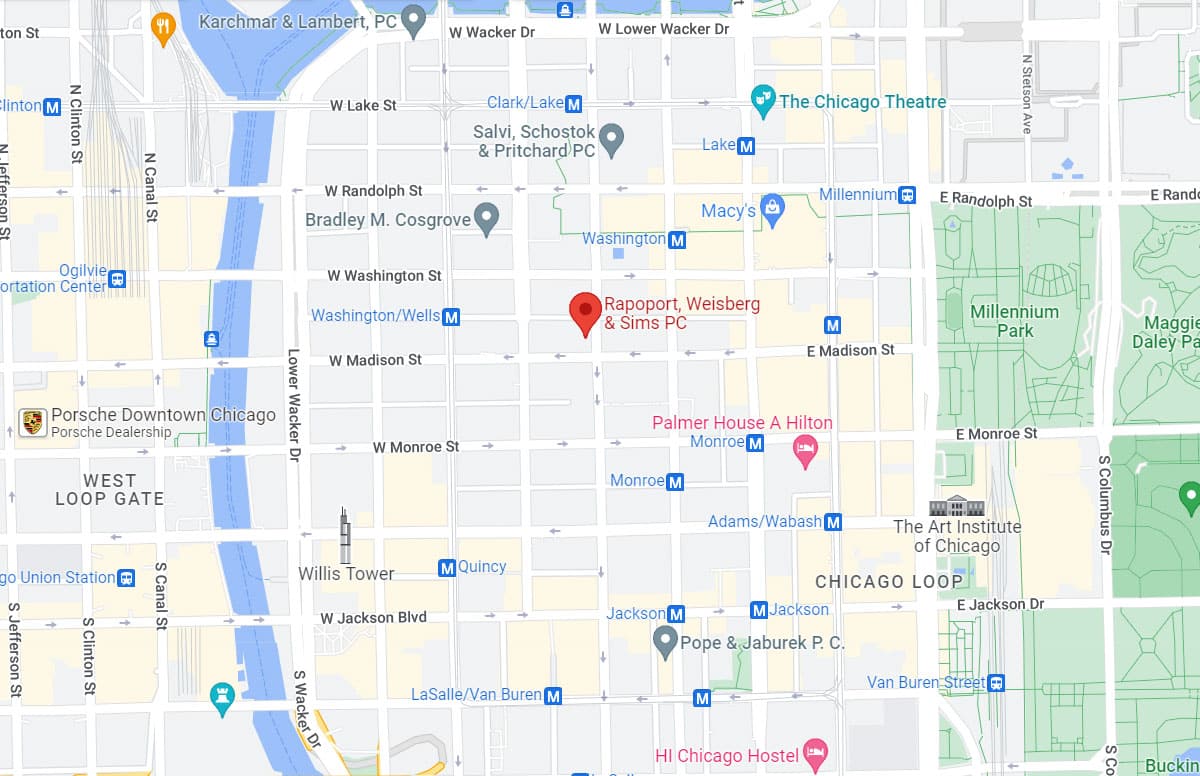In the past five years, the railroad crossing between Nagle Avenue, Avondale Avenue and the Northwest Highway has seen six accidents involving trains and automobiles, and in the wake of several such collisions in Chicago this year, steps are being taken to make the crossing safer – a trend that will hopefully extend to the city’s other hazardous crossings.
According to an article published this week by the Chicago Tribune, rail safety officials with the Illinois Commerce Commission say that the crossing is being rebuilt this month – right before classes are set to resume at a nearby high school whose students cross the tracks daily. The Nagle crossing is notorious for motorists failing to wait until there is enough room for their vehicle to cross and clear the tracks; instead, some drivers choose to proceed onto the tracks and creep across the intersection, putting themselves and others in the vicinity at risk.
On July 12, the Tribune published a report detailing the hazards of the Nagle crossing in connection with the high traffic volume in the area and the lackluster conditions of the crossing’s warning signs and markings. Based on the Nagle crossing having a high number of accidents between trains and automobiles in the Chicagoland area, the Tribune named Nagle as one of the most dangerous railroad crossings in the city. That same day, a Metra train plowed into a semi-truck that had become stuck in the crossing when traffic stopped in response to the activation of the warning bells and lights. That collision became the sixth such incident at the intersection in five years, according to the article.
The changes being made to the Nagle crossing, scheduled to begin between August 23 and September 3, include new signs, improved pavement markings, new pavement going over the tracks, and other associated changes. However, the one change that ICC officials say would be the biggest safety improvement – the building of a bridge over the crossing to prevent trains from ever coming into contact with pedestrians or vehicles – is being put off due to the cost.
While it is reassuring that changes are being made to prevent injuries and fatalities that occur when motorists and pedestrians use bad judgment in traffic at these crossings, it is disheartening that the most effective changes, such as building bridges over the crossings, are not being made because of the cost associated. While it is true that much of the responsibility for avoiding these accidents rests with pedestrians and motorists, the fact remains that the outdated conditions of the crossings themselves need to be brought up to date to meet the demands of the increased traffic and population that come into contact with the crossings daily. With the potential for catastrophic and fatal accidents at many of these crossings, the cost incurred in making the most effective safety changes seems well worth it.
